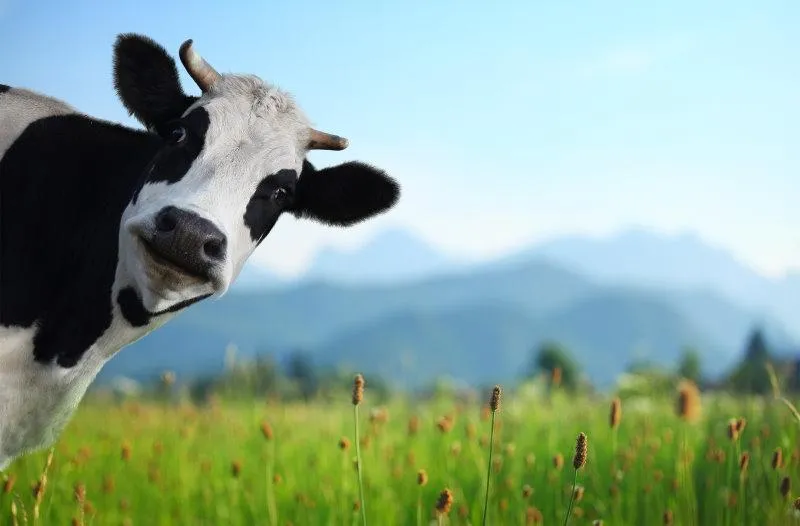
Neurological signs in cattle, sheep, deer and horses
Neurological signs in livestock are indicators that something is affecting the animal’s central nervous system, which includes the brain and spinal cord. These signs can range from abnormal behaviour to weakness, paralysis, or even blindness. Because the nervous system is complex, the signs are varied and the causes are numerous, including trauma, poisoning, infections and metabolic diseases.
This article outlines common neurological signs in livestock and their likely causes, giving you an idea of what to expect and when to involve your veterinarian.
Recognising Neurological Signs
Animals with neurological issues may:
Seem confused or unusually dull or agitated
Show tremors, unsteady gait, or appear drunk
Become partially or completely blind or paralysed
Display changes in behaviour or consciousness
Spinal injuries typically affect movement and sensation behind the injury site. The higher the damage, the more severe the symptoms.
Neurological Conditions in Cattle
Polioencephalomalacia (PE)
A thiamine (vitamin B1) deficiency often linked to dietary changes. Signs include blindness and aimless wandering. Early treatment with thiamine injections is essential.
Ryegrass staggers
Caused by endophyte toxins in ryegrass, most common from January to March. Signs include tremors and staggering. Move stock to different feed or endophyte-safe pasture.
Metabolic diseases
Milk fever, grass staggers, and sleepy sickness all cause neurological signs around calving or lambing. Prompt treatment with appropriate mineral injections is critical.
Bacterial meningitis
Often follows a wound, such as from castration. Requires early antibiotic treatment.
Lead poisoning
Common in calves exposed to old paint or batteries. Treatment is complex but possible with vet-administered chelation.
Hepatic encephalopathy
Liver damage, for example from ragwort, causes toxins to build up in the blood, leading to abnormal behaviour. There is no cure, only supportive care.
Trauma
Head or spinal injuries cause varied signs. Mild cases may improve with time and care.
Neurological Conditions in Sheep
Listeriosis
Bacterial infection of the brain linked to poor silage. Signs include circling and dullness. Early antibiotic treatment can be effective.
Meningitis and brain abscesses
Can develop from wounds or internal infections. Early veterinary intervention is essential.
Spinal abscesses
Occur in lambs from tailing or castration wounds, causing paralysis.
Focal symmetrical encephalomalacia (FSE)
A delayed form of pulpy kidney. No cure, but it is preventable with vaccination.
Tetanus
Caused by deep wounds, often from docking or castration. Gradual stiffness leads to death. Preventable with vaccination.
Other causes
PE, ryegrass staggers, trauma, and metabolic disease also occur in sheep.
Note: Rams may occasionally suffer neck fractures during fighting.
Neurological Conditions in Deer
Malignant catarrhal fever
A viral disease carried by sheep. Signs vary from dullness to sudden death. Fatal in nearly all cases.
Ryegrass staggers, PE, and trauma
Occur in deer, especially during yarding or mustering, or from stag aggression during rutting.
Neurological Conditions in Horses
Ryegrass staggers and trauma
Common causes of neurological signs in horses. Remove from affected pasture and reduce risk of injury.
Brain tumours
More common in older horses. Symptoms vary with location and severity.
Important Note for New Zealand Farmers
New Zealand is free of transmissible spongiform encephalopathies such as mad cow disease, scrapie, and chronic wasting disease. To maintain this status, MPI offers compensation for the brains of livestock over 2 years of age that show neurological signs before death or euthanasia. If you observe such signs in adult cattle, sheep, or deer, contact your vet. Your report supports national biosecurity, and you may be eligible for financial compensation.

